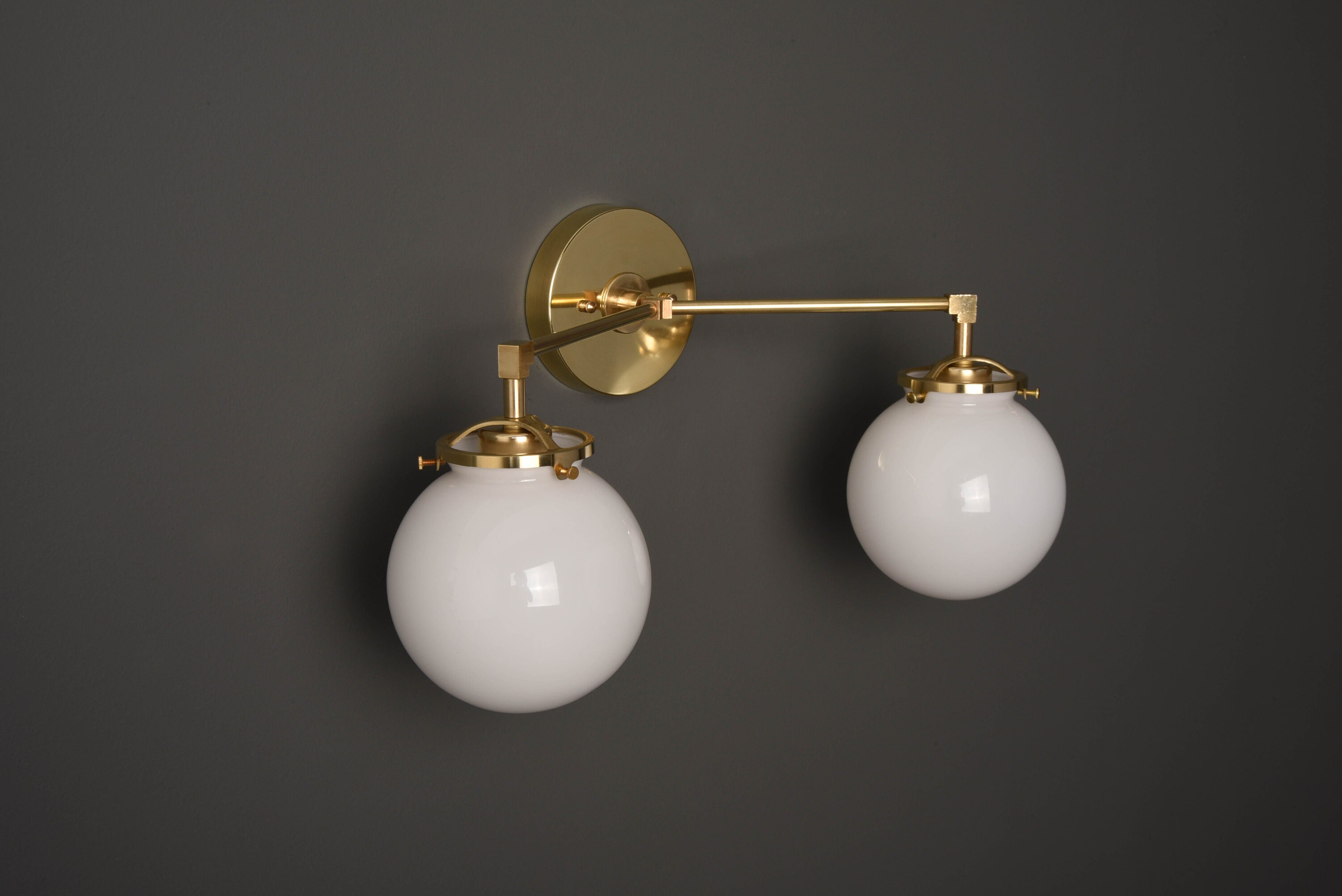


The book was made into a movie in 2008, with Jeff Bridges playing Carter.
IMPRESSION VANITY GLASS HOW TO
The magazine was the subject of Toby Young's book, How to Lose Friends and Alienate People, about his search for success in New York City while working for Graydon Carter's Vanity Fair. The April 1999 issue featured an image of actor Mike Myers dressed as a Hindu deity for a photo spread by David LaChapelle: after criticism, both the photographer and the magazine apologized. Some of the pictorials in Vanity Fair have attracted criticism. Other notable interviews have included: Teri Hatcher, who revealed in the magazine that she was sexually abused as a child Jennifer Aniston's first interview after her divorce from Brad Pitt Anderson Cooper, who talked about his brother's death and Martha Stewart's first interview after her release from prison. The magazine also features candid interviews with celebrities, including a monthly Proust Questionnaire. Mark Felt), one of the sources for The Washington Post articles on Watergate, which led to the 1974 resignation of U.S. Most famously, after more than thirty years of mystery, an article in the May 2005 edition revealed the identity of Deep Throat ( W. The article was later adapted into a movie The Insider (1999), which starred Al Pacino and Russell Crowe. In 1996, journalist Marie Brenner wrote an exposé on the tobacco industry titled "The Man Who Knew Too Much". In addition to its controversial photography, the magazine also prints articles on a variety of topics. Amongst the most famous of these was the August 1991 Leibovitz cover featuring a naked, pregnant Demi Moore, an image entitled More Demi Moore that to this day holds a spot in pop culture. Famous contributing photographers for the magazine include Bruce Weber, Annie Leibovitz, Mario Testino and Herb Ritts, who have all provided the magazine with a string of lavish covers and full-page portraits of current celebrities. Regular writers and columnists have included Dominick Dunne, Sebastian Junger, Michael Wolff, Maureen Orth and Christopher Hitchens. He was followed by editors Tina Brown (1984–1992), Graydon Carter (1992-2017) and Radhika Jones (2017 to present). After three issues, Locke was replaced by Leo Lerman, veteran features editor of Vogue. The first issue was released in February 1983 (cover date March), edited by Richard Locke, formerly of The New York Times Book Review. Newhouse, announced in June 1981 that it was reviving the magazine. Later use of the name was influenced by the well-known 1847–48 novel of the same name by William Makepeace Thackeray.Ĭondé Nast Publications, under the ownership of S.I. Vanity Fair is notably a fictitious place ruled by Beelzebub in the book Pilgrim's Progress by John Bunyan. Vanity Fair: The Portraits, a special jubilee issue and hardback book, will be published in the fall of 2008. The National Portrait Gallery in London has mounted an exhibition called "Vanity Fair Portraits, 1913–2008," which will travel to the Scottish National Portrait Gallery in Edinburgh, the Los Angeles County Museum of Art, and the National Portrait Gallery in Canberra, Australia, to celebrate the magazine's photographic heritage. Vanity Fair celebrates its 95th anniversary in 2008, as well as its 25th anniversary as a relaunched publication. Condé Nast announced in December 1935 that Vanity Fair would be folded into Vogue (circulation 156,000) as of the March 1936 issue. Nonetheless, its circulation at 90,000 copies was at its peak. However, it became a casualty of the Great Depression and declining advertising revenues. He renamed the magazine Dress and Vanity Fair and published four issues in 1913. Main article: Vanity Fair (American magazine 1913–1936)Ĭondé Montrose Nast began his empire by purchasing the men's fashion magazine Dress in 1913. History Dress and Vanity Fair Cover of November 1924 issue Furthermore, the publication is known for its energetic writing, in-depth reporting, and social commentary. Vanity Fair is most recognized for its celebrity pictures and the occasional controversy that surrounds its more risqué images. As of 2018, the Editor-in-Chief is Radhika Jones. The imprint was revived in 1983 after Conde Nast took over and currently includes five international editions of the magazine. The first version of Vanity Fair was published from 1913 to 1936. Vanity Fair is a monthly magazine of popular culture, fashion, and current affairs published by Condé Nast in the United States. For earlier magazines of the same name, see Vanity Fair (magazines). This article is about the contemporary American magazine.


 0 kommentar(er)
0 kommentar(er)
